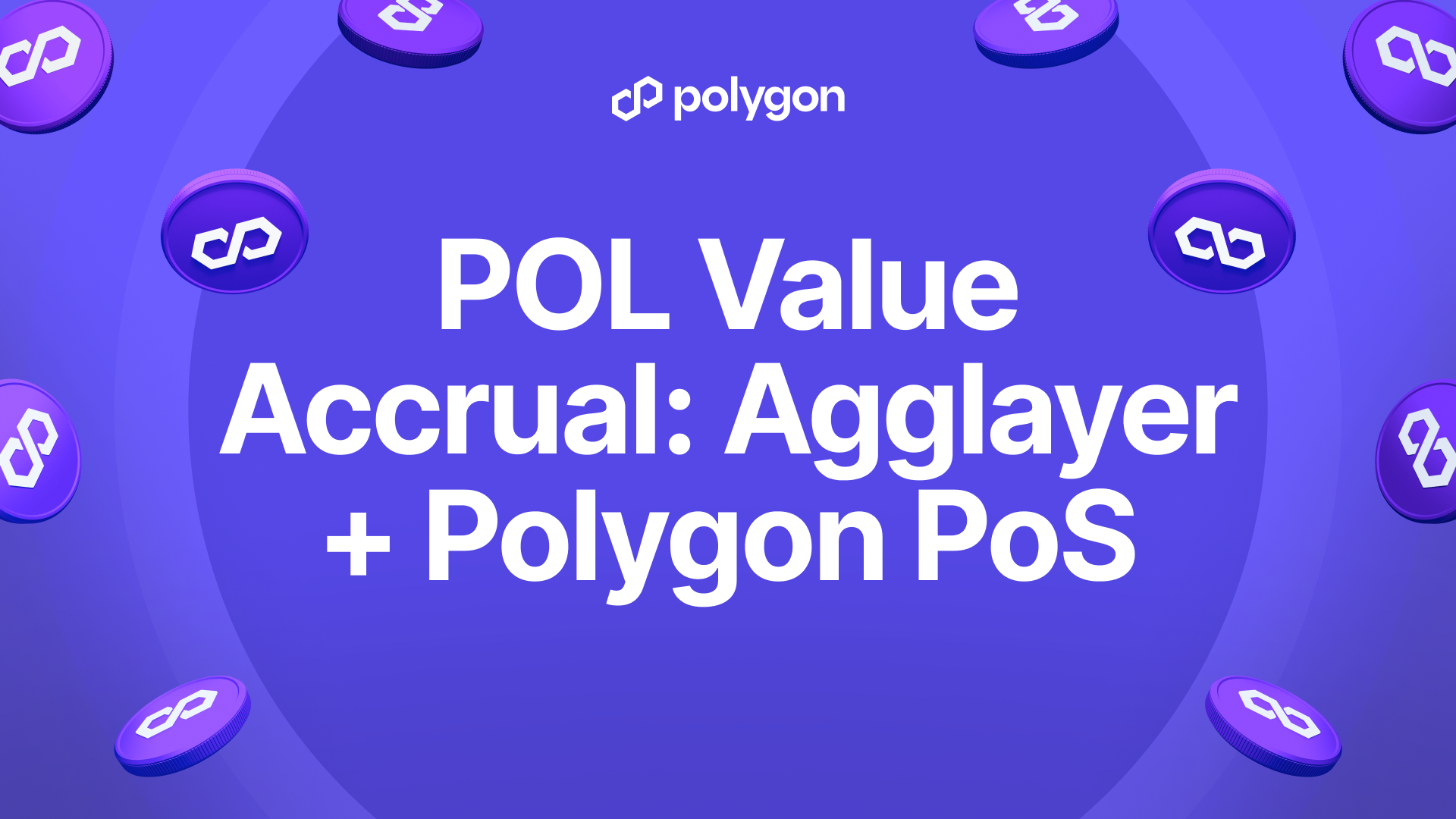Agora to Bring AUSD to Agglayer for a Native and Fungible Aggregated Stablecoin
Managed and custodied by asset management giants VanEck and State Street, AUSD will bring a native stablecoin to all AggLayer chains in major move toward seamless unified liquidity

Agora, a leading stablecoin company, announced that its institutional-grade AUSD will serve as a native stablecoin for Agglayer, enabling every connected chain to access a fungible stablecoin for unified liquidity. The announcement was made at the inaugural Aggregation Summit, which brings together Web3 leaders to explore aggregated blockchains, cross-chain transactions, and zero-knowledge technology.
AUSD, or AggUSD, when on Agglayer, will be interoperable across every connected chain.
In practice, this means that developers on any chain integrated with Agglayer immediately can access AUSD.
Developers will be able to utilize AUSD in order to build useful DeFi applications, such as cross-chain payments and trading, leveraging the asset as a store of value, or use as collateral, among a plethora of other use cases.
This eliminates the need for costly and time-consuming stablecoin integrations.
Crucially, AUSD is another step toward ending the L1/L2 divide: Any blockchain that already supports AUSD—such as Ethereum, Sui, Avalanche, Injective Network, and others—will be able to seamlessly tap into the liquidity of AUSD on Agglayer, if and when these networks decide to integrate into the unified ecosystem.
With Agglayer emerging as a cross-chain settlement protocol to unify liquidity, users, and execution, with finality settled on Ethereum, AUSD will be beneficial for developer and user experience.
AUSD makes it much easier for users and developers who want to build or transact across different chains without having to worry about differing standards, different stablecoin integrations, and cumbersome bridges.
How will AUSD work?
AUSD is a neutral stablecoin backed by financial giants VanEck and State Street. In the context of Agglayer, it will help unify liquidity across chains.
Unlike traditional stablecoins, AUSD can generate yield for chains to earn income directly from its use.
Doing so creates a new revenue stream.
Why AUSD is important for developers and users
AUSD will bring unified liquidity to a new level in the Agglayer ecosystem.
Developers and users will be able to easily transact, store value, and build applications without needing to navigate the fragmented liquidity of L1s, L2s, and a plethora of stablecoin standards.
For developers, AUSD offers several benefits:
- Simplified integration: One and done. No need for costly and lengthy integrations with a stablecoin provider, simply connect to Agglayer for out-of-the-box stablecoin support.
- New revenue stream: Unlike major stablecoins, chains receive income generated on AUSD.
- Better dev experience: Developers get to focus on what they love, building innovative applications, without worrying about cross-chain complexities.
For users, AUSD will help enable the feeling of using a single chain:
- Unified liquidity: Another step toward unified liquidity, which means better experience for users who want the seamlessness of a single chain.
- Easier onboarding: Onboarding becomes more straightforward with one-click access to a stablecoin across an aggregated network.
- Increased security: Aggregated chains reduce reliance on bridges and enhance security.
Ultimately, AUSD is a major step toward a more interconnected and seamless Web3 experience.
Tune into the blog and our social channels to keep up with updates about Polygon.
The future of Web3 is aggregated.
Website | Farcaster | X (Twitter) | Forum | Telegram | Discord | Instagram | LinkedIn | Polygon Knowledge Layer





%20(1).png)







.png)



